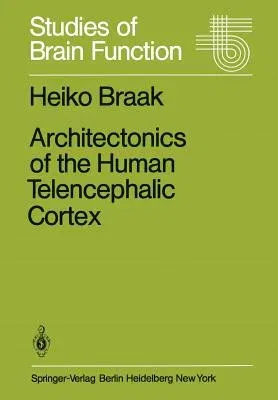H Braak
(Author)Architectonics of the Human Telencephalic Cortex (Softcover Reprint of the Original 1st 1980)Paperback - Softcover Reprint of the Original 1st 1980, 16 December 2011

Qty
1
Turbo
Ships in 2 - 3 days
In Stock
Free Delivery
Cash on Delivery
15 Days
Free Returns
Secure Checkout
Part of Series
Studies of Brain Function
Print Length
147 pages
Language
English
Publisher
Springer
Date Published
16 Dec 2011
ISBN-10
3642815243
ISBN-13
9783642815249
Description
Product Details
Author:
Book Edition:
Softcover Reprint of the Original 1st 1980
Book Format:
Paperback
Country of Origin:
NL
Date Published:
16 December 2011
Dimensions:
24.41 x
16.99 x
0.89 cm
ISBN-10:
3642815243
ISBN-13:
9783642815249
Language:
English
Location:
Berlin, Heidelberg
Pages:
147
Publisher:
Series:
Weight:
272.16 gm

